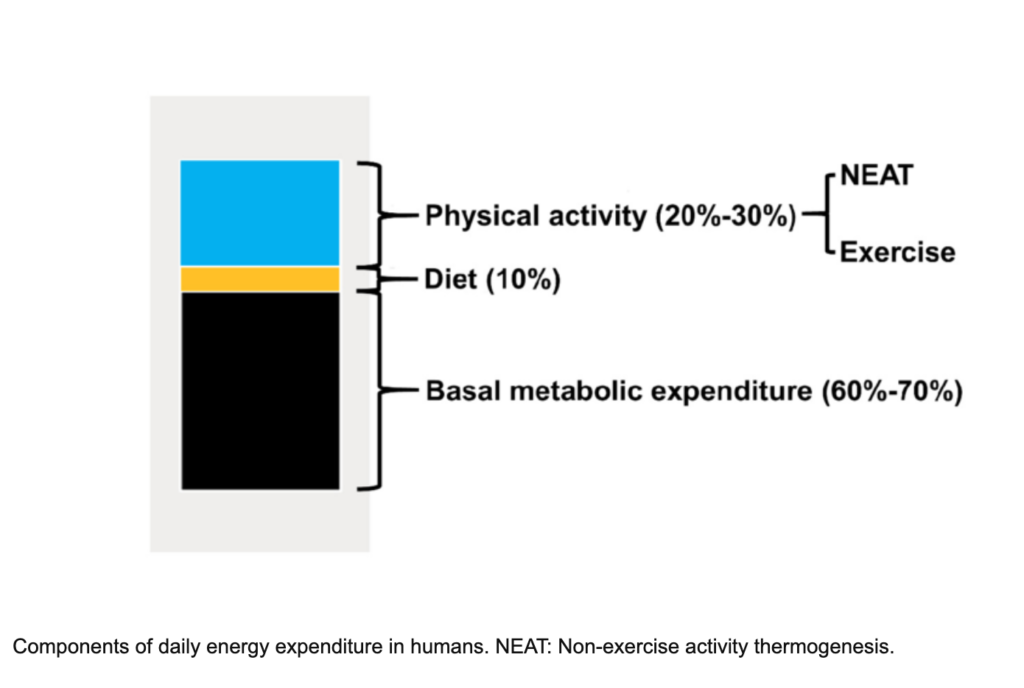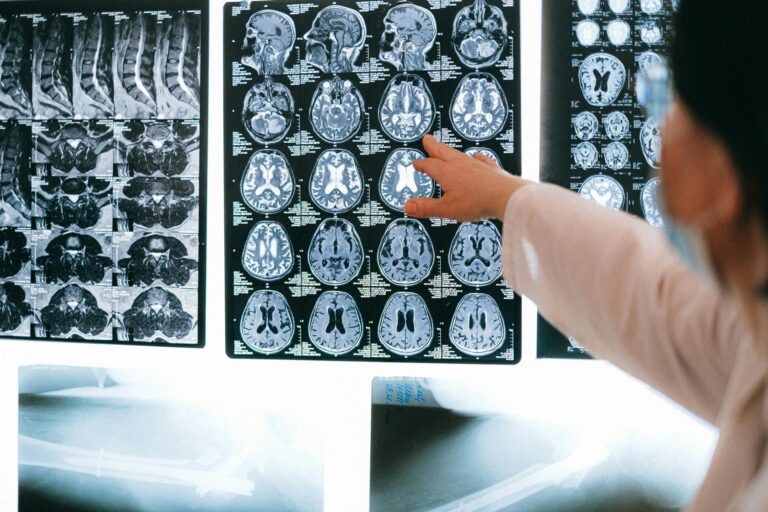What form of exercise is permitted for those with IdiopathicThe term idiopathic is used when there is no detectable reason for something. Click the term to read more Intracranial Hypertension (IIH)?
The answer is complex, multifactorial and not straightforward. Exercise or any form of activity should be personalized depending on your own physical ability. For example, one with IIH may have mild headaches granting the ability to perform daily tasks while another may have debilitating symptoms that requires bed rest. Those who have had a procedure should follow the recommendations of their healthcare provider.
Any form of activity is beneficial to the body and by increasing your energy expenditure, it can improve your overall health by:
- Strengthening your muscles, heart, and lungs
- Reducing your risk of high blood pressure, coronary heart disease, stroke, diabetes, depression and certain cancers.
- Reducing the risk of falls and associated bone fractures
- Maintaining a healthy body weight₁
Aside from the common forms of physical activity (running, cycling, gymnastics, weight lifting, swimming, dancing, etc), there are other more practical ways to achieve body movement.
Some less physically demanding ways to exercise is by increasing your balance and flexibility. An example is yoga or barre techniques. You can also get overall health benefits from the use of a sauna.₂




